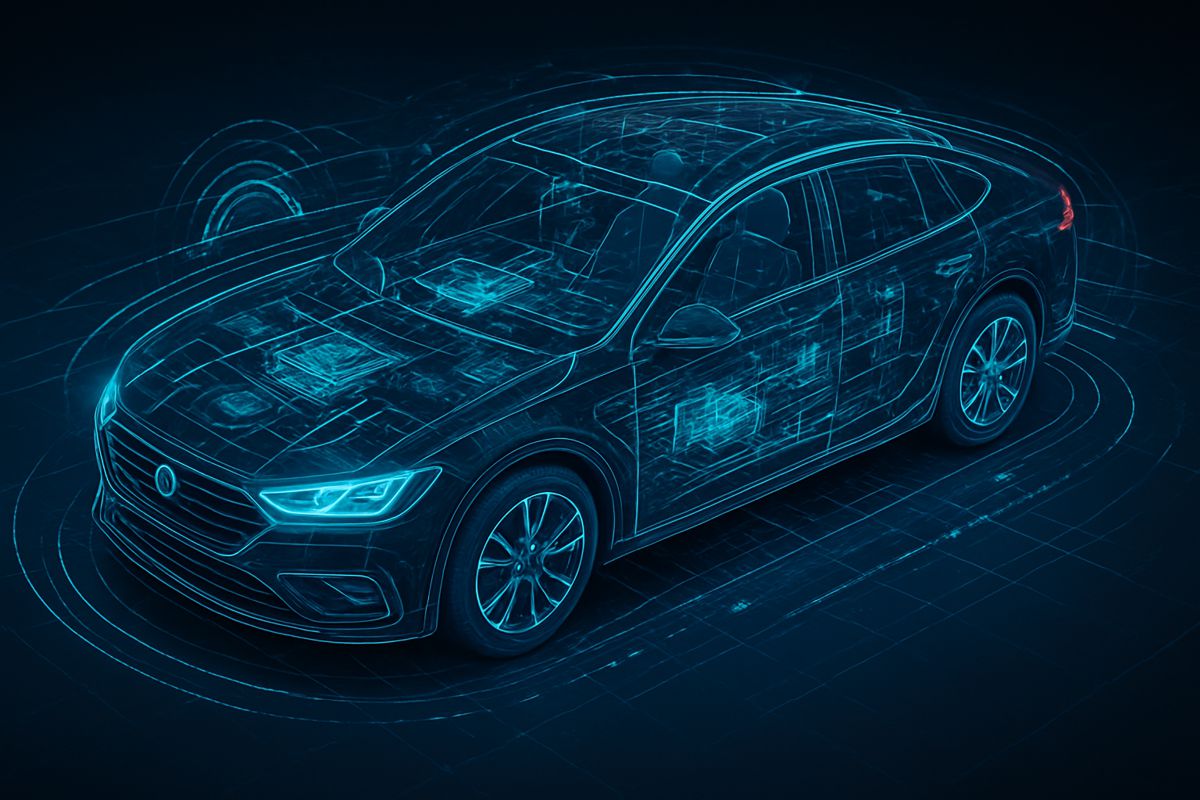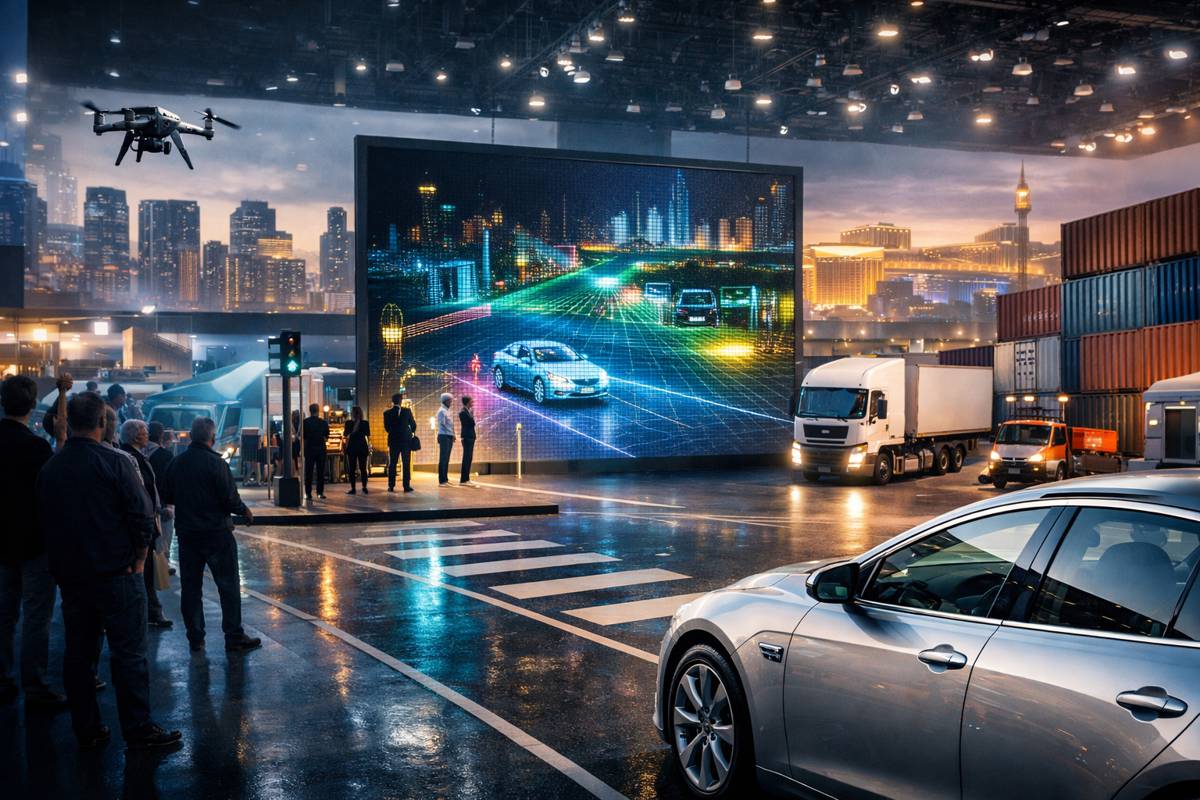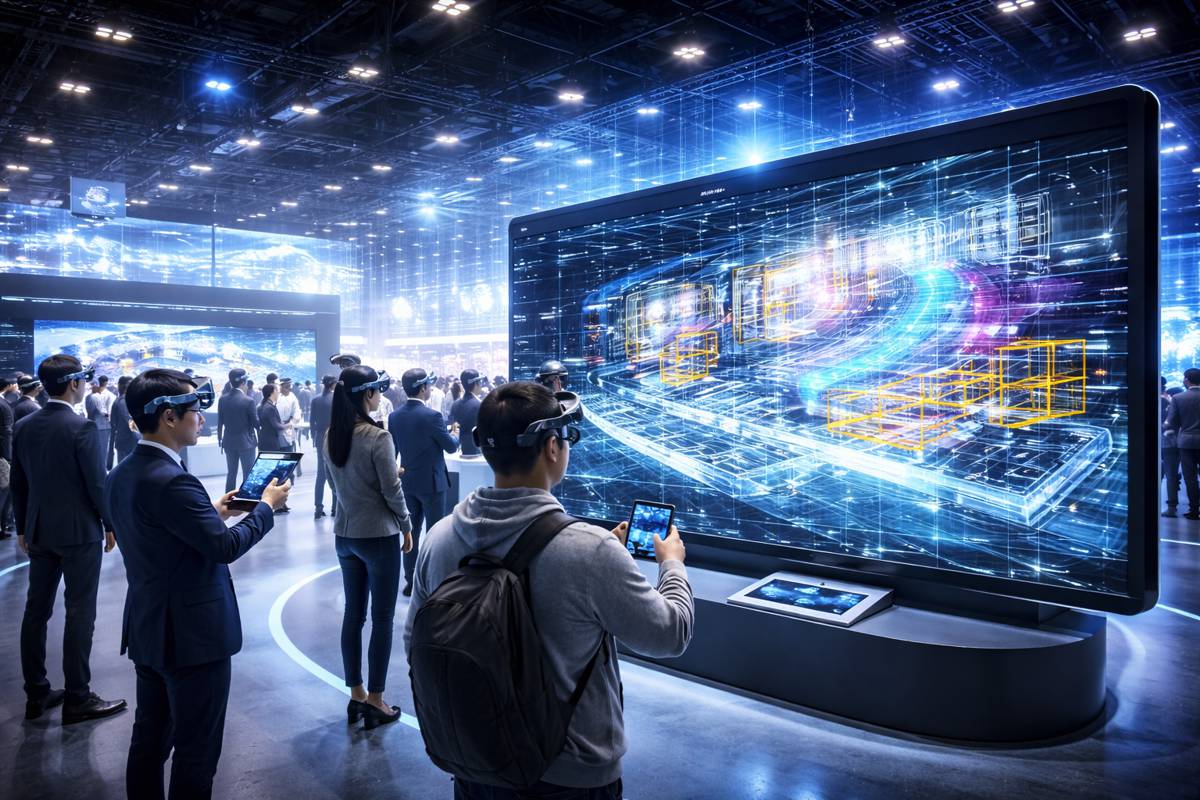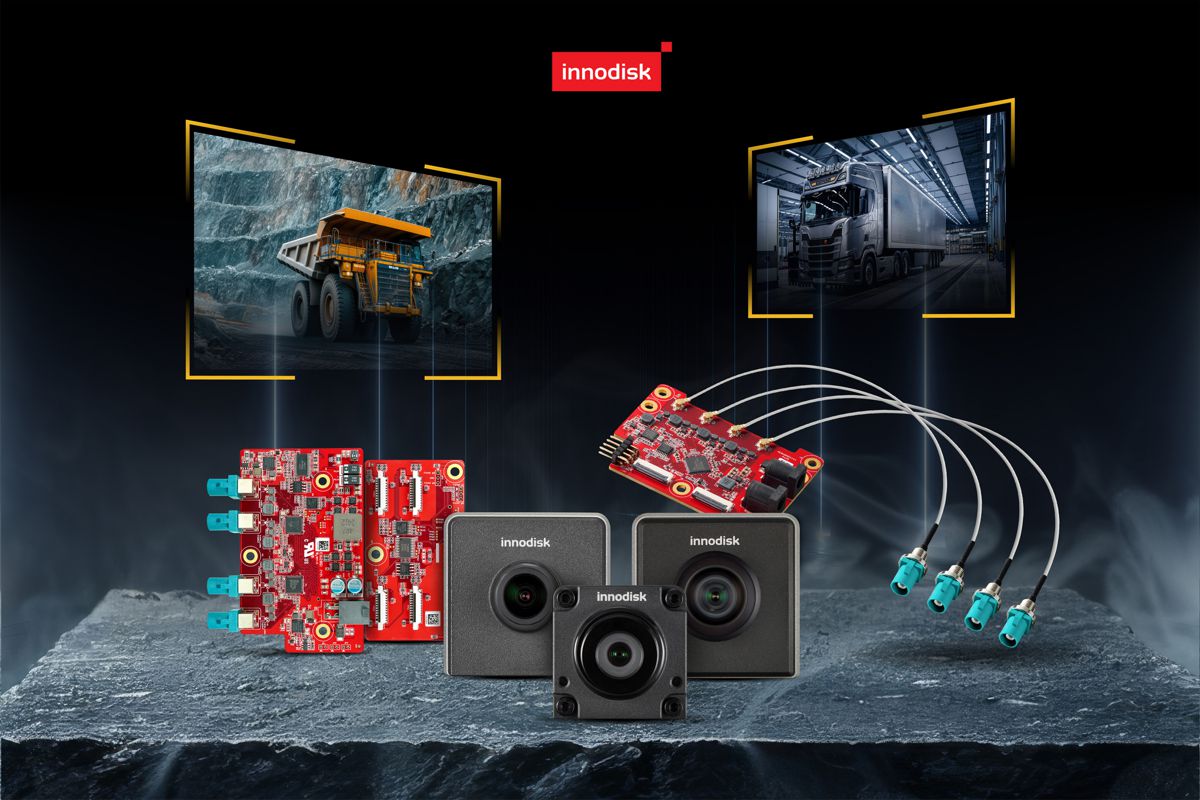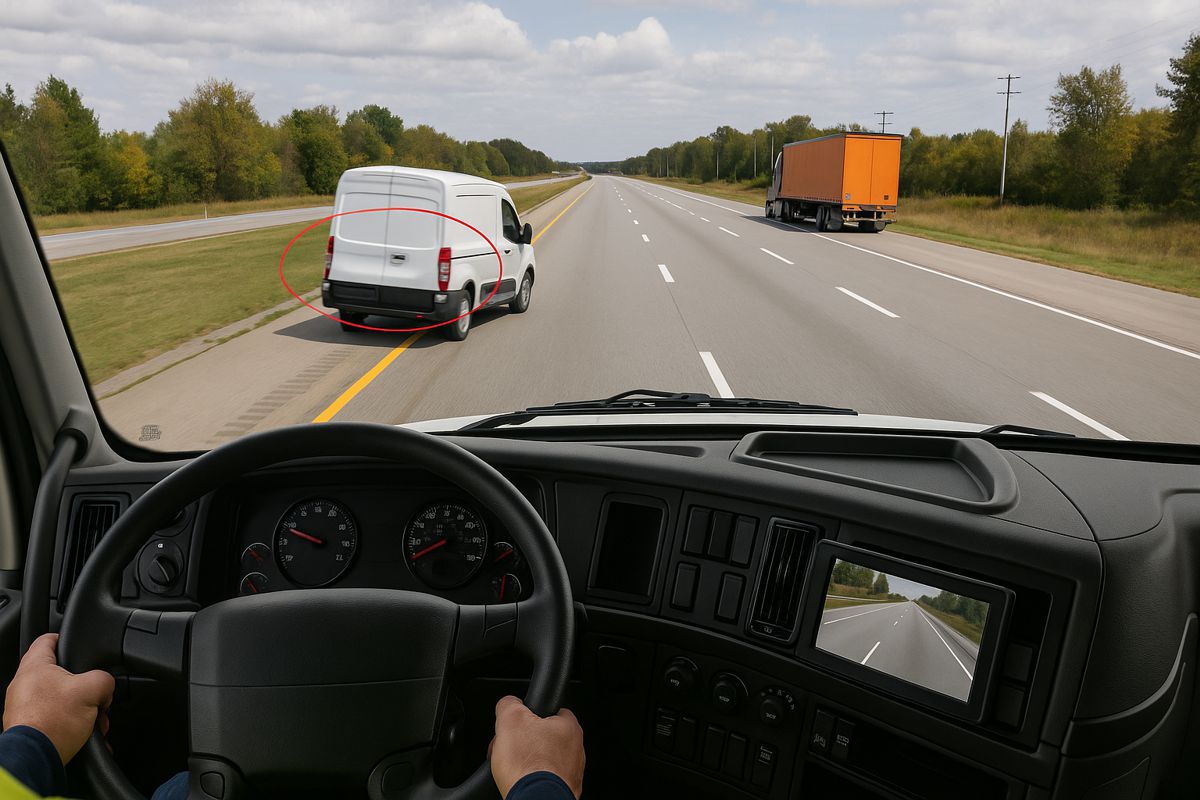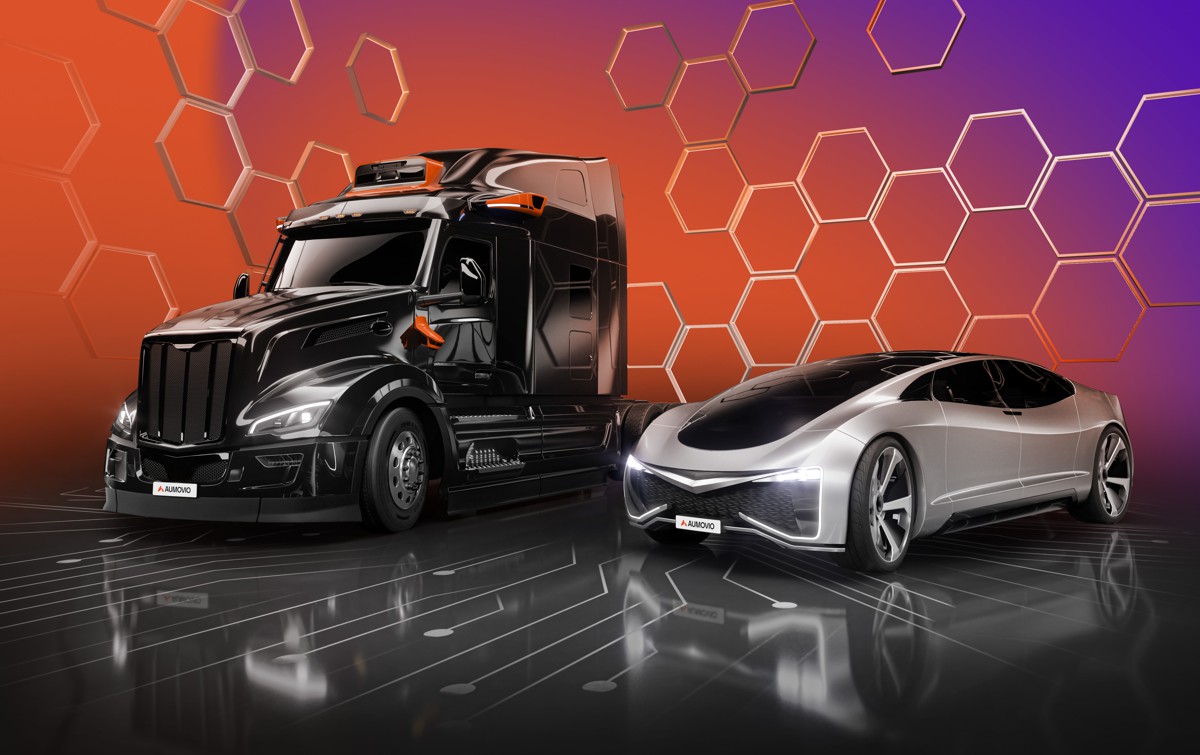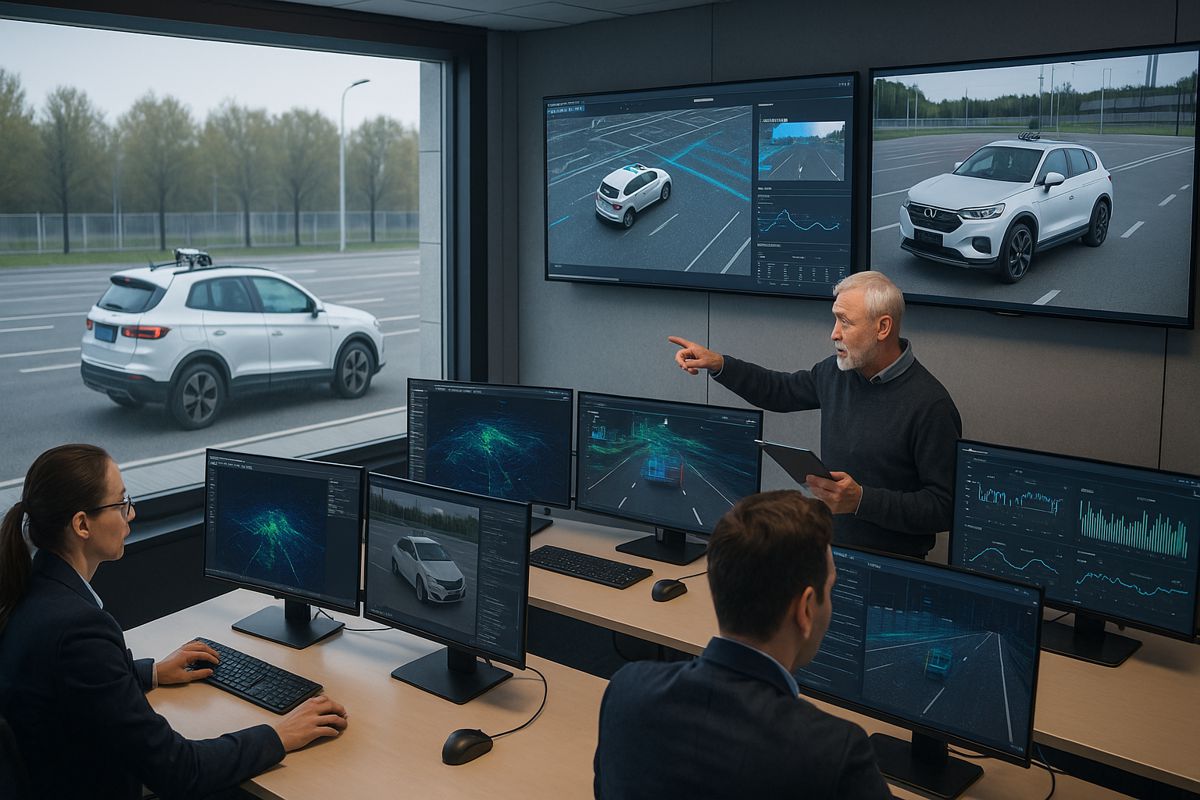AI on the Road with NVIDIA’s Vision for Safer and Smarter Vehicles
At the IAA Mobility conference in Munich, NVIDIA’s Vice President of Automotive, Ali Kani, delivered a clear message: the car of the future is no longer defined by horsepower but by compute power.
Vehicles are evolving into AI-defined machines, engineered as much in the data centre as on the factory floor. This marks a significant shift, where silicon acceleration and software stacks sit at the core of modern automotive design.
As Kani put it during his keynote: “Safety first, always.” It’s a mantra that underpins NVIDIA’s mission to deliver smarter, safer, and more trustworthy mobility solutions across the globe. From Munich to Michigan, automakers are increasingly relying on NVIDIA’s end-to-end cloud-to-car AI platform to power the next era of intelligent mobility.
NVIDIA’s End-to-End Compute Stack
NVIDIA stands out in the autonomous vehicle space by offering a complete compute stack, bridging training, testing, and deployment in a unified cycle. The company’s three AI compute platforms form the backbone of this innovation:
- NVIDIA DGX for training AI models in data centres
- NVIDIA Omniverse and Cosmos for simulation and synthetic data generation
- NVIDIA DRIVE AGX for real-time, in-vehicle data processing
Together, these create a continuous feedback loop, accelerating the learning and validation process while ensuring safety remains paramount. By integrating this cycle, NVIDIA enables faster innovation while maintaining rigorous safety standards.
NVIDIA Halos
Safety dominated discussions at IAA, and NVIDIA’s Halos system emerged as a centrepiece. Halos unifies vehicle architecture, AI models, chips, software, and services into a comprehensive framework for autonomous vehicle safety.
At its core, Halos integrates:
- Safety-assessed systems-on-a-chip
- The safety-certified NVIDIA DriveOS operating system
- The DRIVE AGX Hyperion reference architecture
This holistic approach is further reinforced by the Halos Certified Program and the AI Systems Inspection Lab. These programmes ensure that real-time AI operates reliably under diverse conditions, validated through stringent testing and safety protocols.
Paving the Way for Safer Roads
Training AI in the real world has its limits. Edge cases, hazardous scenarios, and rare traffic events can’t always be safely recreated on the road. That’s where NVIDIA’s simulation tools, powered by Omniverse and Cosmos, come into play.
A notable highlight is the integration of NVIDIA Cosmos Transfer and Omniverse NuRec into CARLA, the open-source driving simulator. This brings unparalleled realism to testing pipelines, giving developers the ability to model highly complex driving environments.
Capgemini and TCS are already leveraging these tools to broaden their simulation capabilities, pushing forward software-defined vehicle development while reducing reliance on real-world trials.
Automakers Driving Forward With NVIDIA
Global carmakers are rapidly adopting NVIDIA’s AI platform to accelerate their software-defined vehicle strategies. The IAA showcase featured several leading examples:
- Lucid unveiled its Gravity SUV, powered by NVIDIA DRIVE AGX and the Blackwell architecture.
- Mercedes-Benz highlighted its EQ-technology GLC and fully electric CLA Shooting Brake, both built on NVIDIA AI and DRIVE AV software.
- Lotus presented the Eletre SUV, Emeya hyper-GT, and Theory 1 concept, all accelerated by NVIDIA DRIVE AGX.
- Volvo Cars showcased its EX90 and ES90 models, both strengthened by enhanced AI safety and driver-assistance capabilities via DRIVE AGX and DriveOS.
- XPENG demonstrated how NVIDIA’s platform underpins its G6, G9, and X9 models with XPILOT smart driving assistance.
Meanwhile, ZYT emphasised how its autonomous vehicle platforms, built on DRIVE AGX, are helping redefine safety and intelligence in mobility.
Tech Giants Shaping the Software-Defined Vehicle Era
The wave of innovation isn’t limited to automakers. Technology companies are building upon NVIDIA’s platforms to enhance in-car intelligence and redefine the driving experience:
- MediaTek is working with NVIDIA to infuse GPU-powered intelligence into its Dimensity Auto Cockpit solutions.
- ThunderSoft launched its AI Box on DRIVE AGX, delivering intelligent copilots and immersive cabin experiences.
- Cerence introduced its xUI AI assistant, leveraging NVIDIA NeMo Guardrails to ensure safe, brand-specific voice interactions.
- ZF Group is showcasing its ProAI supercomputer, integrating ADAS and automated driving into a scalable framework.
- RoboSense has paired its automotive-grade digital lidar with DRIVE AGX to boost sensor performance.
- Desay SV revealed its DRIVE Thor-based domain controller, unlocking new pathways in smart mobility.
- Magna is preparing its advanced ADAS platform, accelerated by NVIDIA DRIVE Thor, for flexibility and scalability across future fleets.
Building Trust in AI-Defined Mobility
A recurring theme throughout IAA Mobility was trust. As vehicles become increasingly defined by software, drivers and passengers must be confident in the reliability and safety of the systems guiding them. NVIDIA’s approach — combining simulation, certification, and real-world validation — is designed to build that confidence.
The emphasis on safety echoes industry concerns that scaling autonomy without adequate testing could erode public trust. By embedding simulation at every stage and maintaining transparency through certified programmes, NVIDIA is aiming to set a new industry benchmark.
Towards a Safer, Smarter Future
The message from Munich was clear: the automotive industry is undergoing a seismic transformation, one that pivots on compute rather than combustion. NVIDIA is positioning itself at the centre of this revolution, offering the tools, platforms, and partnerships needed to accelerate adoption while keeping safety firmly in focus.
Kani’s keynote served as both a rallying cry and a reminder. The future of driving may be autonomous, intelligent, and AI-powered, but it must also be safe. Or, in his words: “Safety first, always.”
